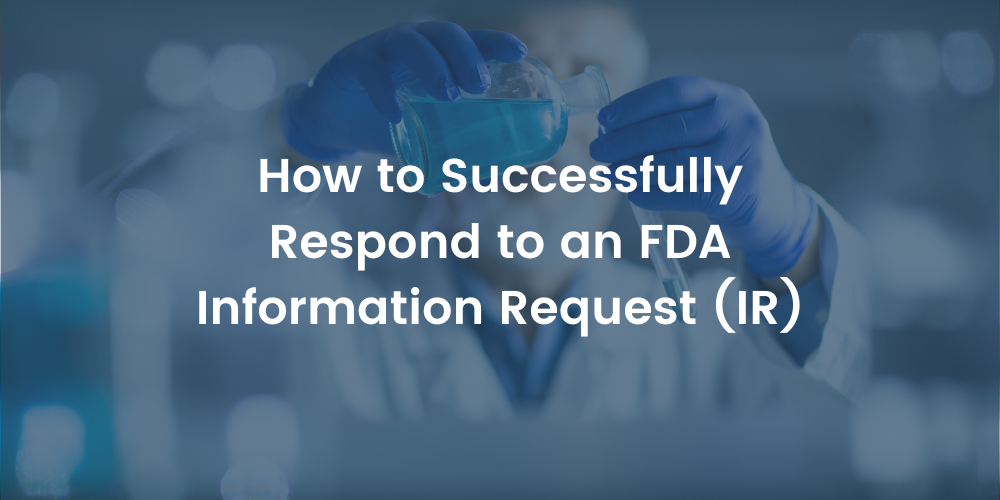AI vs. Humans: Can Artificial Intelligence Outsmart Cold Chain Experts?
10 Common Misconceptions of Cold Chain Validation, as Explained by AI, commentary by Gary...
read Details

Okay, if you’ve read part one of deviation torture, you know the terror of losing control of your calendar when the highly urgent demand to investigate a seasonal temperature deviation occurs.
What I’m recommending here is a foundational test as part of a product development plan. For this example we are going to examine drug product labeled as refrigerated.
Step 1. Determine exposure temperature
Look for data from past shipments. What is regrettable is that many development programs may look at results of -20°C exposures and translate the data to a label statement of “Do Not Freeze”. In practice, the product is much more likely be exposed to conditions in the range of +1 to -2°C and the only option is to recommend disposal of the product because no other data exists at this more common aberrant exposure temperature. On the high end of exposure range, the same thing happens. There is data at room temperature, but none at +15°C for example.
Step 2. Select exposure time
Based on PDA TR 53, and common industry practice, start with 5 handoffs. The length of time may be variable, but a 36-hour duration with 5 handoffs is about 8 days.
Step 3. Expose the product to both the high and low temperature exposures for eight days.
Step 4. Assay the product for its stability indicating properties and place some of the exposed product on either accelerated or long-term stability.
Step 5. Write the report and regain control of your calendar.
This process is a lot easier to execute during the development phase and will pay dividends as early as Phase III clinical trials. Commercial product could be evaluated, too and I would suggest obtaining samples that are coming off of long-term stability.
Paul Harber
10 Common Misconceptions of Cold Chain Validation, as Explained by AI, commentary by Gary...
read Details
When it comes to ensuring the integrity of temperature-sensitive products during transit, choosing the...
read Details
Getting your vaccine or therapeutic approved by the FDA is a significant accomplishment. But...
read Details